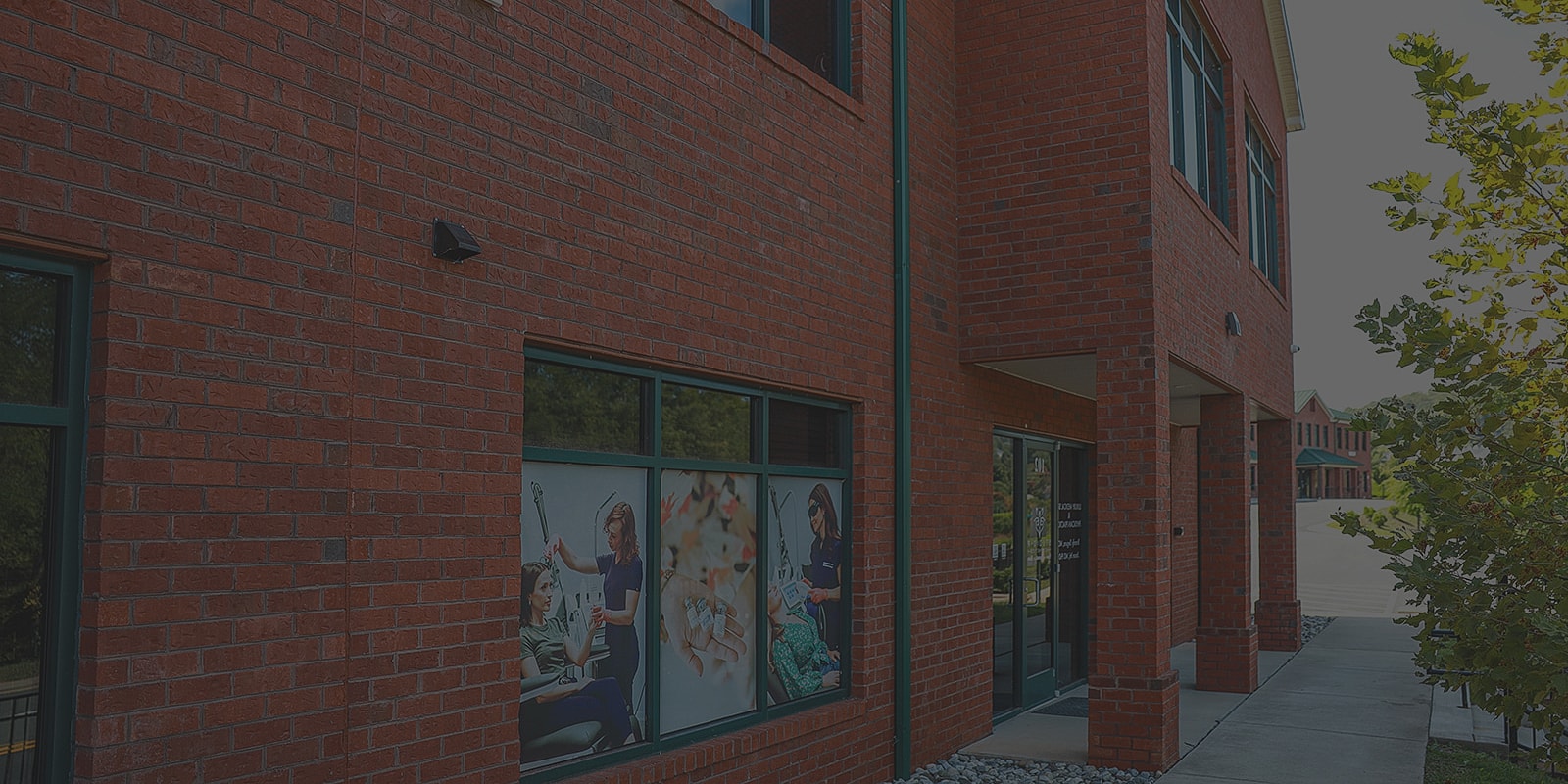
As we age, wrinkles, fine lines, and loss of facial volume become noticeable on our faces. These signs of aging often cause anxiety, but there are cosmetic ways to help reduce these lines and wrinkles, giving you younger and more radiant skin.
Licensed physicians specially trained in PRP work their magic in medical aesthetic clinics, advising you on the treatments that are best for reducing the signs of aging. Cutting-edge treatments like PRP use your blood growth factors to diminish signs of aging, enhance hair growth, and help repair injuries.
PRP has been used for many years to help regenerate and heal tissues. It is rich in growth factors and can be combined with fractionating treatments like microneedling to enhance aesthetic results and collagen rebuilding.
What are Platelets?
Platelets in PRP are the main ingredient for healing, cosmetic rejuvenation, hair regrowth, and many other procedures. In PRP, concentrated platelets (thrombocytes) are tiny cells that form blood clots when you are wounded.
Platelets form from large cells called megakaryocytes in the bone marrow and are released into the blood to circulate. The primary function of platelets is the prevention and control of bleeding. For example, when the lining of a blood vessel is injured, platelets immediately attach to the injured surface and each other to form a mass that stops bleeding.
What is PRP?
Your blood contains life-giving protein growth factors, and PRP is a patented technology designed to concentrate these growth factors or platelets. This allows PRP professionals to manufacture a high concentration of biological nutrient-rich cells, creating autologous platelet-rich plasma.
Clinical studies show that PRP treatment improves bone and soft tissue healing. Since PRP is created from a patient’s blood, it is a relatively low-risk treatment that accelerates and enhances recovery.
The production of PRP is simple. First, the PRP professional takes a blood sample from your hand or arm, places it into a centrifuge, and spins the blood sample at high speed.
PRP used in medical aesthetics harnesses the body’s ability to heal itself, helping to reduce the aging process. When used by aesthetic medical practitioners, PRP is known to reduce facial wrinkles and deep lines, plump sagging skin, improve skin tone and texture, and reduce acne scars.
How Do You Use PRP?
One excellent aesthetic treatment is PRP used with microneedling. Microneedling, or collagen induction therapy, is an innovative treatment that helps reduce acne scars and fine lines, improving skin texture, tone, and color. During microneedling with PRP, micro-injuries are made using a controlled device like a pen or roller with fine needles. These micro-injuries allow topical gels, creams, serums, and PRP to be absorbed more effectively, enhancing healing in deep layers of skin.
Microneedling triggers the healing response, stimulating collagen production. PRP can be used topically, and the body absorbs the nutrients from the PRP at an astounding rate.
PRP has also been proven to trigger hair regrowth through a series of injections. The wide array of growth factors and proteins in PRP helps regrow hair by reversing androgenetic alopecia. PRP can also slow down hair shedding and stimulate inactive hair follicles. For maximum benefits, PRP treatment for hair loss may require 9 to 12 months.
PRP can also be injected into the face for rejuvenation. Once injected into lines and creases, you may see immediate results. Common areas for PRP rejuvenation injections include:
- Temples
- Cheeks and smile lines
- Acne and facial scars
- Tear troughs
- Frown lines
PRP injections are also used to support wound healing in trauma and joint injuries. Results are typically visible after several weeks, though they are not permanent. Additional injections may be required.
PRP injections can also help with chronic tendon injuries like tennis elbow or jumper’s knee, and accelerate healing after surgeries. Early PRP studies also indicated that growth factors in PRP help treat osteoarthritis pain and stiffness by reducing inflammation and modulating the joint environment.
Is PRP Safe?
The devices used to separate and concentrate PRP are FDA-approved, though PRP itself is not FDA-approved as it is a procedure, not a drug. Since PRP is derived from your own blood, it will not induce allergies.
Platelet-rich plasma for cosmetic facial procedures has promising results and is safe when administered by licensed physicians specially trained in PRP.
If you have concerns or questions about using PRP to revitalize your skin, contact our Charlottesville MedSpa, or call us at 434-260-1667.


